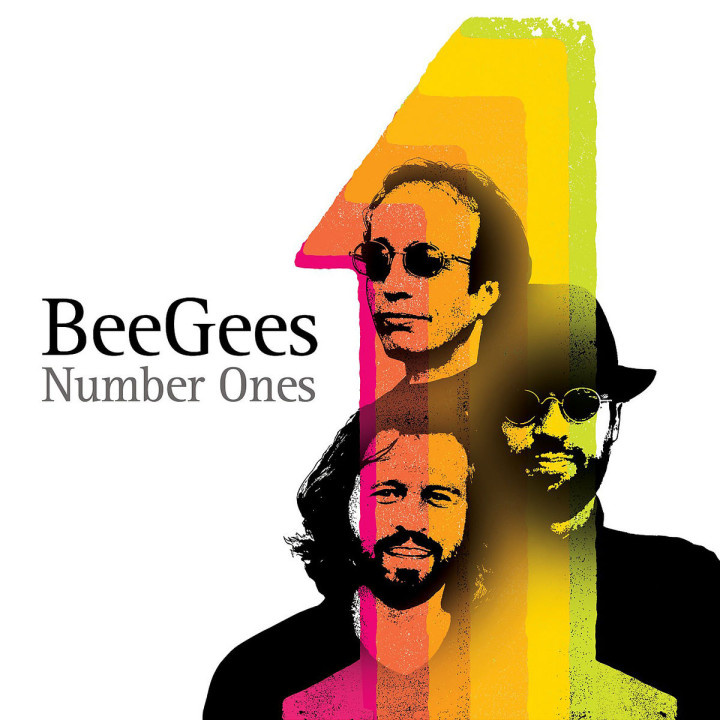


Her anecdotes are humorous, heartfelt, and supremely captivating, recounted with the passion of a true survivor and the acerbic wit of a weathered, street-wise New Yorker. Though her work was far from the Broadway shows she dreamed about, it eventually became all about the nightly hustle to simply survive. Frank and unapologetic, Johnson vividly captures aspects of her former life as a stage seductress shimmying to blues tracks during 18-minute sets or sewing lingerie for plus-sized dancers. “I was the only black girl making white girl money,” she boasts, telling a vibrant story about sex and struggle in a bygone era.

Rae Sremmurd and their label were smart enough to connect the group to a viral fad, and in the new streaming economy, this was enough to push them to #1.” For those looking for more conventional commentary, Breihan offers plenty of interesting insights into hits from the Beatles, Fleetwood Mac, Prince, and Mariah Carey, but the surprises are where he shines brightest.Ī fun, buzzy history that effectively uses context and criticism to explain the effervescence of pop music.Ī former New York City dancer reflects on her zesty heyday in the 1970s.ĭiscovered on a Manhattan street in 2020 and introduced on Stanton’s Humans of New York Instagram page, Johnson, then 76, shares her dynamic history as a “fiercely independent” Black burlesque dancer who used the stage name Tanqueray and became a celebrated fixture in midtown adult theaters. “Since the streaming services’ playlists and algorithms constantly updated themselves,” he writes, “a viral fad like the Mannequin Challenge could have an immediate effect on the charts. He moved things away from segregated radio formats and toward a pan-racial, pan-genre music-video future.” The author also explains the current power of streaming services and social media. Writing about “Billie Jean,” Breihan notes, “Michael Jackson is a tragic and troubling figure, but he’s also a pivotal one. That road involves shifting business and racial influences in addition to musical developments, and the author reveals it all.

It’s a testament to Breihan’s arguments that all these choices make sense, as he tries to explain how we moved from Chubby Checker’s “The Twist” to the current state of pop music. With only 20 slots to fill, he has to make some tough choices, meaning the Rolling Stones and Elton John aren’t on the list, but Rae Sremmurd and Soulja Boy are. In this book version of his project, he attacks his subject with an engaging mix of clever facts and savvy observations. Trying to capture the last seven decades of popular music through 20 songs sounds daunting, but this breezy history is gripping and entertaining.īreihan is a senior editor at Stereogum, where he writes “The Number Ones” column, which catalogs the story behind every No.


 0 kommentar(er)
0 kommentar(er)
